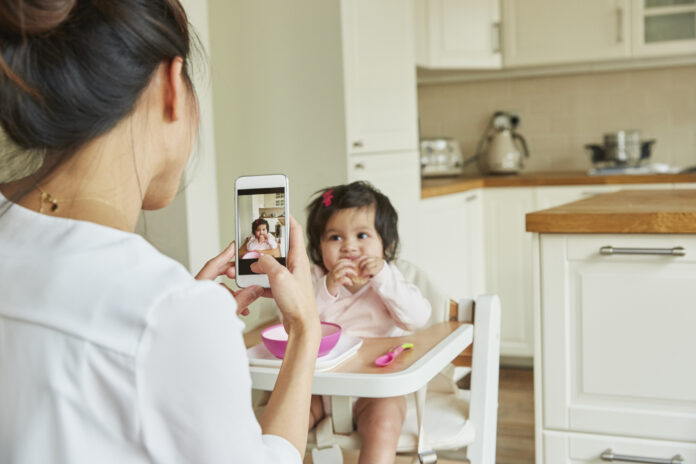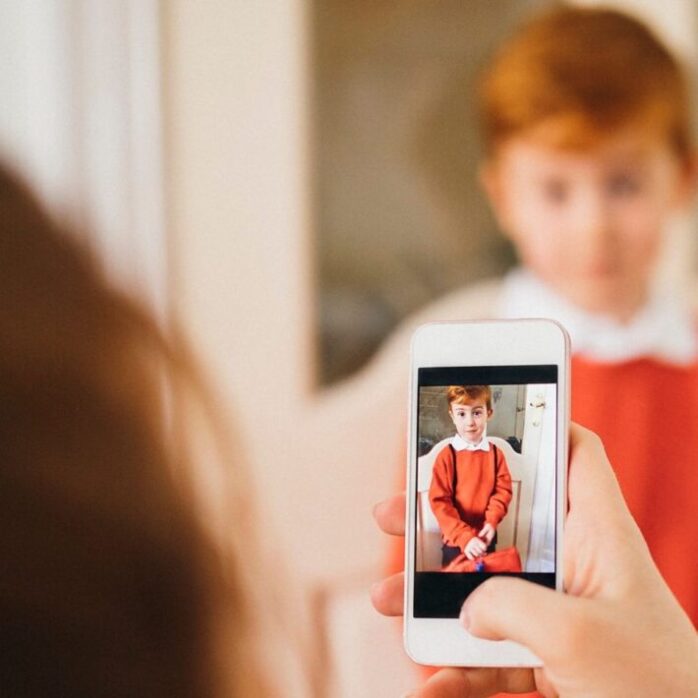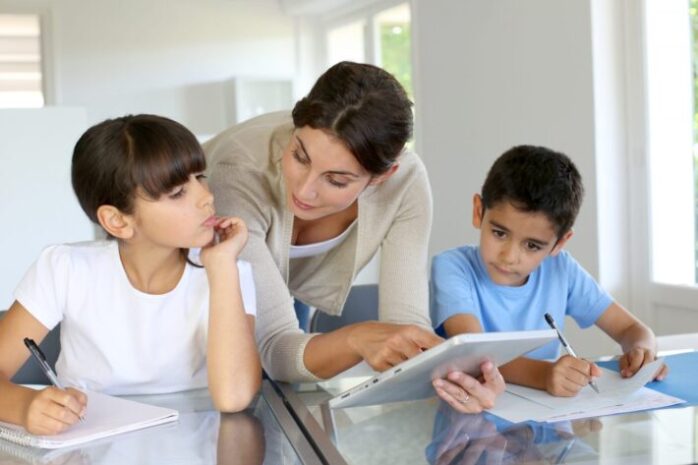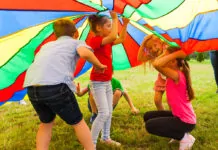
Going into the depths of this ocean of information, there are web pages that the main search engines, such as Google, or browsers such as Safari or Mozilla do not index (order a series of data according to a criterion common to all of them, to facilitate their consultation and analysis). It is what is known as the deep web, in which both legal and illegal content is hosted. The latter is in turn called the dark web.
The information handled on the deep web is invisible to search engines and is private. Not everyone can enter on their own because the pages are created under encryption passwords so that they are only visited by selected users. The deep web is a real breeding ground for child pornography and illegal activities such as arms and drug sales. Here you can hire hackers for hire and even hitmen. Child pornography is one of the saddest things on the dark web and while many parents control their children’s online activities with a variety of sophisticated applications such as Famisafe – YouTube parental control tool, they instead encourage “child pornography over their own children” without them knowing it. How? How is it that many photos of children are scattered on the dark web and become attractive commodities by predators?
It is estimated that when a minor turns 5, her parents have already shared 1,000 photos of her. Specialists warn that 50 percent of the images that are distributed in pedophile and child pornography networks are taken from those publications, which also violate the right to privacy of girls and boys.
The bad sharenting

The new phenomenon of “online parenting” was dubbed sharenting. The term comes from the English words share, which means sharing and parenting, sharenting. To understand its magnitude: some studies consider that when a child turns 5 years old, her parents have already shared about a thousand photos of the minor on social networks.
Another alarming fact that the specialists maintain is that 50 percent of the photos that are distributed in pedophilia and child pornography networks are taken directly from posts that are uploaded to the Internet of their own free will. A few years ago a Dutch firm released illustrated mugs for sale with photos of boys and girls downloaded from the Internet. All of them had commercial use permission, something that parents often accept in the conditions of the platforms without having an idea. The initiative had a high impact: your son’s photo could be in those cups. The idea was to raise awareness about one of the risks of sharenting.
The risks of nonstop sharing for the children

The dangers of sharenting include the fact that images of children can be distributed on child pornography or pedophilia sites, used for kidnapping or threats, and even allow identity theft. In addition to the risks that sharenting embodies in relation to the use that a third party can give to images, the phenomenon also impacts the growth of children and adolescents, in the way they develop their bonds and interact with their peers.
Adults show children in networks as an object. It seems beautiful and well-intentioned but they do not think about their rights, they do not think of the child as a subject and the boys have no way to defend themselves. Parents fall into the narcissistic trap of showing the child as an achievement, as a trophy, and they do not measure the risks.
Regarding the photos that parents upload, either to social networks or other platforms, we are facing a great problem for privacy. More when it comes to unknown applications that little and nothing is known about the servers they use to store data. The two main issues that emerge from “sharenting” are the other person’s right to privacy – “it is not me, it is my son” – and on the other, the dangers in terms of security. Remember that much of the hacking occurs with contextual information provided by the users themselves to the network, personal information that exposes security, and fosters an “insecure ecosystem”.
We have to understand that if we have children until they are older and they can make the decision to show their image or not, we must expose them as little as possible. The image of each person is personal; it is as simple as that. Parents should always remember that when an image is uploaded to the network, it is impossible to completely delete it later. Someone may have captured and saved it for other purposes. What is uploaded to the internet is very difficult to completely disappear, so the most important thing is to raise awareness among parents about the security risks of sharing photos.

Here are the digital security measures before publishing photos of children on social networks:
– That the account is private and that the contacts or “friends” are reduced to real acquaintances. An account that has more than 600 friends, for example, will most likely no longer be secure.
– Avoid uploading photos with contextual information of places that children frequent. Refers to information that can be provided by a school uniform, a club entrance, or an identifiable street. This data can be used for virtual kidnappings or other types of threats.
– Deactivate the location of applications and phones.
– Avoid uploading images that ridicule the child. Something that in the eyes of adults can be nice and fun can be made fun of in the future. Children can feel humiliated.
– It is impossible to completely delete a photo that was shared on the web. By interacting on the internet people build a reputation and some photos can have long-term consequences.
– If the boys are old enough, always ask them before uploading any content about them.

If you got here …
It is because you are interested in rigorous information, because you value having another look beyond the daily bombardment of the vast majority of the media. Thank you for reading!











